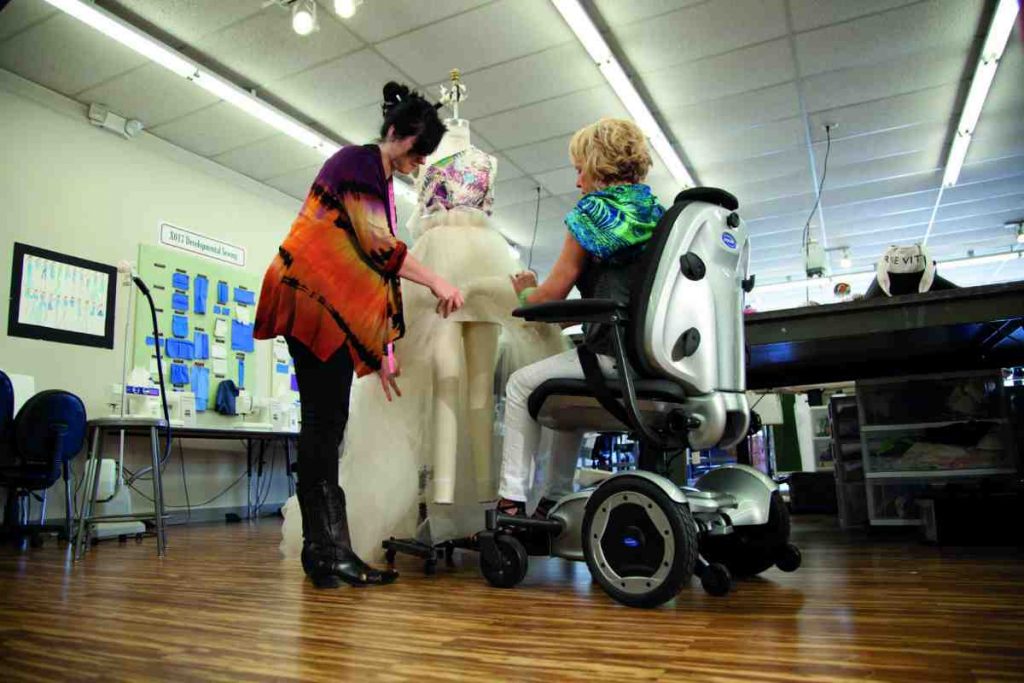5 Good Reasons to Get an Indoor Wheelchair

Now might be the time to start using an indoor wheelchair. It could be that your condition has progressed so that you need one to get around at home, or you’ve noticed how difficult an outdoor wheelchair is to the indoors.
If you’re trying to convince yourself, here’s 5 reasons to make the switch:
5 Good Reasons to Use an Indoor Wheelchair
- Walking is more painful now. If this is the case, an indoor wheelchair will be a great improvement to your sense of wellbeing;
- Getting around is just too much. If it’s taking too long to get around the house, you will be faster in a wheelchair;
- Your outdoor wheelchair keeps knocking into things. Because outdoor wheelchairs are designed to be sturdier and to deal with rougher terrain, they are bulkier. An indoor wheelchair is less likely to catch doorframes etc. Similarly might also use a big electric wheelchair or scooter outdoors. Yet as there are no hills or difficult terrain at home, you could get by on a sleeker indoors wheelchair;
- Moving between your wheelchair and seats is a faff. If it’s difficult to transfer to an dining chair or a sofa, you may want to just stay in a comfy indoors wheelchair.
- Your outdoor wheelchair is a bit sluggish indoors. That’s because it’s casters and tyres are designed for rough surfaces rather than smooth linoleum or tiles. Upgrade to an indoor wheelchair and notice how much easier it is to get about.
Buyer’s Tips (That Could Save You Money)
When shopping for a manual, indoor chair, remember to compare the chair’s dimensions with the measurements of your doorways and spaces at home. It might be tedious, but it’s better than getting a chair that just can’t be used.
Of course, some powerchairs are sleek enough for home use. While electric wheelchairs tend to be bulkier and heavier than manual chairs, check to see if there are any lightweight ones available. Again, take measurements, and bear in mind that there will need to be space to store the chair when not in use.
For more on the benefits of an indoor electric wheelchair, see ‘An Indoor Electric Wheelchair: Could it Change Your Way of Living’.
How to prepare your home for an indoor wheelchair
When considering using a wheelchair at home, a little preparatory work can make the experience as smooth a ride as possible.
- Flooring: you might want to consider your flooring. Maneuvering a wheelchair over carpet can be hard work whereas a hard floor, such as laminate flooring, makes for easier navigation. Match your chair’s wheels to your flooring, so that the combination is smooth and safe, without the risk of slips;
- Furniture: rearranging your furniture can make it possible to go through every room in your wheelchair. You will need a certain amount of space to get around, so make sure chairs, tables, sideboards and bookcases are pushed back.
- Renovations: some people have more serious renovations done to make it suitable for wheelchair use. You could have a lift fitted to travel between floors, or a ramp installed outside or between rooms. Doorway widening is also possible. This is definitely an option for long-term wheelchair users who own their home and intend to stay in it for a long period of time before moving. Also if you need financial help, read ‘Disabled Facilities Grants: What Are They and How to get One’. For renters, some landlords will consider investing in renovations so that they can get more business from disabled tenants.
However you prepare, using a wheelchair indoors can bring a great relief. Yet choosing the right indoor wheelchair is crucial, so carry out the necessary research to get the best one for you.








